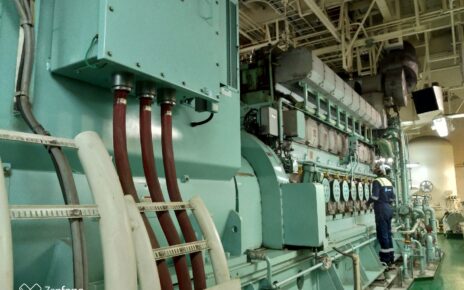If you are shipping goods across the sea by containers, you may wonder whether to choose FCL or LCL as your shipping option. FCL stands for Full Container Load, which means you book an entire container for your exclusive use. LCL stands for Less than Container Load, which means you share a container with other shippers who have smaller shipments.
FCL and LCL in container shipping
There are pros and cons to both options, depending on your cargo volume, weight, type, budget, and time sensitivity. In this blog post, we will explain the difference between FCL and LCL in container shipping and help you decide which one is best for your business.
Cargo Volume
One of the main factors to consider when choosing between FCL and LCL is the volume of your cargo. As a general rule of thumb, if your cargo volume is more than 15 cubic meters (CBM), you should opt for FCL, as it will be more cost-effective and faster than LCL. If your cargo volume is less than 15 CBM, you may consider LCL, as it will allow you to save on freight costs by sharing space with others.
However, there is a break-even point at which the cost of LCL surpasses that of FCL, depending on the destination and the freight rate. For example, if the freight rate for a 20-foot container from China to the US is $2,000, and the LCL rate per CBM is $100, then the break-even point is 20 CBM. This means that if your cargo volume is more than 20 CBM, you will pay more for LCL than FCL.
Therefore, it is important to compare the freight rates for both options before making a decision. You can also use online calculators or consult with freight forwarders to find out the best option for your cargo volume.
Cargo Weight
Another factor to consider when choosing between FCL and LCL is the weight of your cargo. FCL has a higher weight limit than LCL, as you can load up to 28.6 tons in a 40-foot container (depending on the destination country’s regulations). LCL, on the other hand, has a lower weight limit per CBM, usually around 1 ton (1,000 kg). This means that if your cargo is heavy but small in volume, you may pay more for LCL than FCL.
For example, if you have 10 tons of cargo that occupies 10 CBM, you will pay for 10 CBM in FCL, but you will pay for 10 tons (or 10 CBM) in LCL, whichever is higher. In this case, FCL may be cheaper than LCL.
However, if your cargo is light but large in volume, you may pay less for LCL than FCL. For example, if you have 5 tons of cargo that occupies 20 CBM, you will pay for 20 CBM in FCL, but you will pay for 5 tons (or 5 CBM) in LCL, whichever is higher. In this case, LCL may be cheaper than FCL.
Therefore, it is important to check the weight and volume ratio of your cargo and compare the freight rates for both options before making a decision.
Cargo Type
The type of your cargo also affects your choice between FCL and LCL. Some types of cargo are more suitable for FCL than LCL, and vice versa.
FCL is more suitable for:
– Bulky and heavy cargo that can fill up a container
– Fragile or valuable cargo that requires more security and less handling
– Perishable or time-sensitive cargo that requires faster delivery
– Hazardous or restricted cargo that may not be allowed to share a container with other goods
LCL is more suitable for:
– Small and portable cargo that can fit in a pallet or a crate
– Standard or regular cargo that does not require special handling or care
– Non-perishable or flexible cargo that can tolerate longer transit time
– General or common cargo that can be easily consolidated with other goods
Therefore, it is important to consider the nature and characteristics of your cargo and choose the option that meets your requirements and expectations.
Conclusion
FCL and LCL are two different options for container shipping that have their own advantages and disadvantages. The choice between them depends on various factors such as your cargo volume, weight, type, budget, and time sensitivity. There is no one-size-fits-all answer to which option is better; it depends on your specific situation and needs.
To make an informed decision, you should compare the freight rates and transit times for both options using online tools or consulting with freight forwarders. You should also consider the risks and benefits of each option for your cargo type and destination. By doing so, you can choose the best option for your container shipping and optimize your logistics efficiency and cost-effectiveness.



